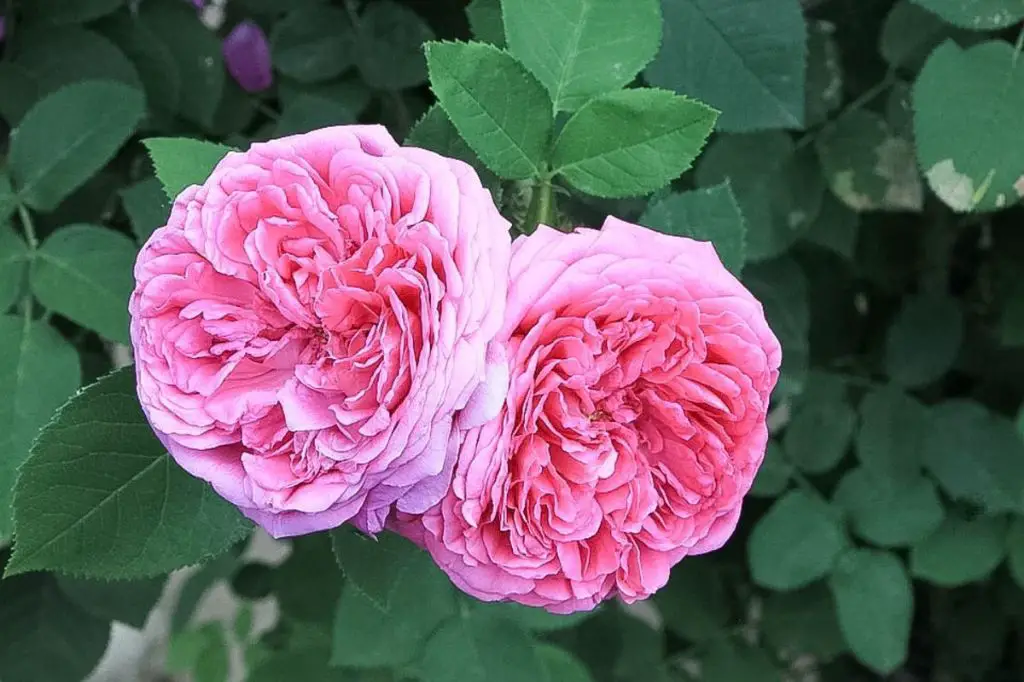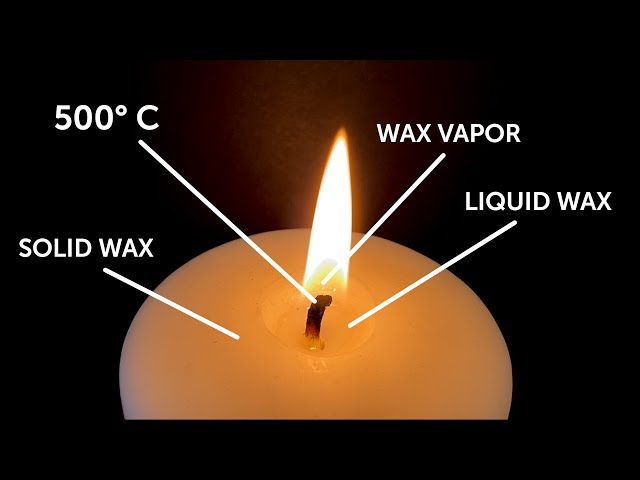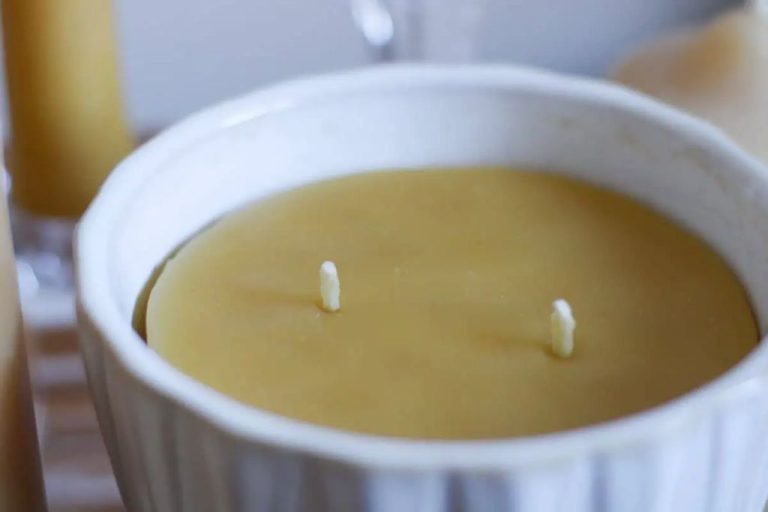What Is Rose Petal Wax?
What is Rose Petal Wax?
Rose petal wax is a natural wax derived from rose petals. It is extracted through a distillation process where rose petals are steeped in hot water to melt the wax, which then separates and rises to the top. The wax is skimmed off and further filtered and refined to produce the final wax product.
Rose petal wax has been used for centuries, dating back to the 10th century in Persia. Traditional methods used oil and sunlight to extract the wax from petals. Now more modern solvent extraction and steam distillation techniques are commonly used. The wax is produced from the petals of rose flowers, most commonly Rosa damascena and Rosa centifolia.
The main chemical component of rose petal wax is palmitic acid, an emollient that helps moisturize and soften skin. It also contains other fatty acids, alcohols, and hydrocarbons that give it a light floral aroma and help increase its melting point. The rich red color comes from the rose petals as well.
Overall, rose petal wax is a nutrient-rich cosmetic wax with hydrating and moisturizing properties for skin and hair. Its luxurious scent makes it a popular ingredient in high-end beauty products like lip balms, creams, soaps, and candles.
Uses and Benefits
Rose petal wax has many beneficial uses, particularly in skincare and cosmetics. One of the main benefits is its moisturizing properties. The wax contains fatty acids that help nourish and hydrate the skin, leaving it soft and supple 1. The wax also has a light, natural rose scent that makes it appealing for use in body care products.
In addition to moisturizing, rose petal wax contains antioxidants that can help protect the skin from environmental damage. This makes it a popular ingredient in many skincare formulations including creams, lotions, lip balms, and more. The wax is gentle and suitable for sensitive skin types.
Within cosmetics, rose petal wax is often used to create a sheer tint on the lips and cheeks. The natural pinkish hue of the wax provides a delicate flush of color. The wax can also help condition and smooth the lips.
Compared to ingredients like paraffin wax, rose petal wax is more environmentally friendly and sustainable. It is made from the byproduct of rose oil production, so the petals are fully utilized. The renewable, natural wax has become an increasingly popular choice for eco-conscious cosmetic brands.2
History
Rose petals and rose petal wax have a long history of use going back hundreds of years. The origins of cultivating roses and using their petals can be traced to regions like the Middle East, North Africa, and South Asia where roses have been grown for centuries.

One of the earliest historical uses of rose petals was in bridal veils and floral wreaths in the 17th and 18th centuries. As noted in this article, wax floral bridal crowns and veils using rose petals were popular during this time period before transitioning to other headwear styles in the 19th century.
Rose petal wax specifically was historically used for religious purposes as well. For example, in Fatima, Portugal, Catholic pilgrims have a tradition of throwing rose petals when celebrating the reported apparitions of the Virgin Mary in 1917, as described here.
The use of rose petals and rose oils for perfumes, cosmetics, and skincare also has a long global history originating from main rose producing regions like Bulgaria, Turkey, Morocco, and India where roses have been cultivated for hundreds of years for these fragrant products.
How It’s Made
Rose petal wax is made by extracting the essential oils from rose petals through a process called enfleurage or solvent extraction. In enfleurage, rose petals are spread on solid sheets of fat or oil and allowed to infuse for several days or weeks. The fat absorbs the rose oil. The fat is then washed with alcohol to collect the dissolved rose oil. This results in a highly concentrated rose oil.
In solvent extraction, the rose petals are placed in a solvent like hexane or ethanol which pulls the oils out of the petals. The solvent is then evaporated, leaving behind pure rose oil. This method is quicker and produces higher yields of rose oil compared to enfleurage.
To make rose petal wax, the essential rose oil is combined with other vegetable waxes like soy wax or beeswax. The wax helps solidify the oil into a thick, creamy paste with a wax-like texture. The ratio of wax to rose oil can be adjusted to achieve the desired consistency. The wax helps stabilize and preserve the volatile rose oil in a solid form. This natural rose petal wax is then used for making skincare, cosmetics and aromatherapy products.
Comparisons
Rose petal wax is often compared to beeswax as they share some similar properties and uses. However, there are some key differences between the two waxes:
Like beeswax, rose petal wax has emollient, soothing and protective properties that make it useful in skincare and cosmetics. However, rose petal wax is vegan, while beeswax is an animal product. This makes rose petal wax appealing for vegans and vegetarians looking for an alternative (source).
Both waxes can be used to add texture and viscosity to skincare and cosmetic formulations. However, rose petal wax is less sticky than beeswax. It has a creamier, more buttery texture. Beeswax is also more brittle than rose petal wax (source).
Rose petal wax has higher oil binding capacity compared to beeswax, making it useful for adjusting viscosity in emulsions. It also provides more gloss and glide compared to beeswax when used in products like lip balms and lotions.
Overall, while beeswax and rose petal wax share some similar properties, rose petal wax offers a vegan alternative with some advantages in texture and formulation.
Use in Skincare
Rose petal wax is commonly used in skincare products due to its moisturizing and soothing properties. Some popular skincare items that incorporate rose petal wax include:
Rose Water Facial Cream – This cream from Aloe Gorgeous (https://miasecret.com/rose-petal-cream-wax-body-facial.html) contains rose petal wax which helps hydrate skin and provide antioxidants.
Rose Petal Lip Balm – The lip balm from Han Skincare (https://bombshellwax.com/products/soft-wax-rose-petal-single) uses rose petal wax to moisturize and nourish lips.
Compared to ingredients like petroleum jelly or mineral oil, rose petal wax is more natural and contains skin-benefitting compounds like vitamin E. It absorbs into the skin well without feeling greasy. Rose petal wax is gentler than synthetic waxes and oils, making it ideal for sensitive skin types. Its soothing properties also help reduce irritation and inflammation.
Use in Cosmetics
Rose petal wax is used in many natural cosmetics and beauty products as an alternative to other waxes. Its moisturizing and soothing properties make it well-suited for products applied to sensitive areas like the lips and face. Some common cosmetic uses for rose petal wax include:
Lip Balm – Rose petal wax is commonly found as an ingredient in natural lip balms. It helps create a protective barrier on the lips while also providing nutrients. The wax’s light rose scent also enhances the sensory experience of lip balms (Professional Soft Wax | Soft Strip Wax).
Blush – The natural pinkish hue of rose petal wax makes it useful for formulating vegan, natural blushes. It provides a sheer tint of color with a dewy finish. Rose-scented blushes with petal wax create an elegant makeup experience (ROSE PETALCREAM WAX-BODY & FACIAL).
Eye Makeup – Thanks to its emollient properties, rose petal wax is an ingredient in some natural mascaras, eyeshadows, and eyeliners. It conditions delicate eyelid skin and helps makeup glide on smoothly.
Sustainability
Rose petal wax is known for being environmentally friendly and sustainable. Compared to paraffin wax which is a byproduct of petroleum refining, rose petal wax is made from a renewable resource that does not require intensive farming or harvesting practices.
Rose petals used for rose petal wax are most often a byproduct of rose oil production. The petals are dried and processed to extract the wax, allowing full use of the flower rather than wasting organic material. Rose petal wax is biodegradable and compostable, breaking down naturally over time without leaving behind harmful pollutants (SoyMuchBrighter.com).
Studies have shown that rose petals can even be used to generate energy through triboelectrification, the process of materials becoming electrically charged after contact. The organic compounds in rose petals make them effective for harvesting small amounts of mechanical energy from the environment (Chen, 2018).
Overall, rose petal wax has a much smaller ecological footprint compared to paraffin wax. Its biodegradable and compostable nature makes it a more sustainable choice for commercial products and manufacturing.
Drawbacks
While rose petal wax offers some benefits, it also has some potential drawbacks compared to alternatives like soft wax or hard wax:
Cost: Rose petal wax can be more expensive than synthetic waxes. The process of extracting the oils from rose petals is labor-intensive, so pure rose petal wax comes at a premium price. Blended versions with synthetic waxes can reduce the cost.
Availability: Rose petal wax may be harder to find than standard waxes, since it is not mass-produced. You may need to buy it online or from specialized beauty stores.
Sensitive skin: The fragrance from essential oils in rose petal wax can sometimes irritate sensitive skin. Those with allergies may want to do a patch test first.
Strength: Soft wax and hard wax can adhere more strongly to coarse or stubborn hair in some cases. Rose petal wax may require going over the same area multiple times to remove all hair.
Messiness: The oils in rose petal wax can sometimes stain fabric or surfaces. Proper application and cleanup is important.
Results: While rose petal wax moisturizes, standard waxes may provide longer-lasting smoothness. The results may not last as long as synthetic waxes.
Overall, rose petal wax has some disadvantages to consider compared to traditional waxing options. The higher cost and availability issues may make alternatives like soft wax or hard wax more practical for regular hair removal in some cases.
The Future
The future looks bright for rose petal wax. With the growing trend towards natural ingredients in cosmetics and skincare, demand for rose petal wax is expected to increase. According to a report from Major Walker (2022), the global market for rose wax is predicted to expand at a CAGR of 3.7% from 2023 to 2030.
Production of rose petal wax is likely to ramp up in coming years to meet rising demand. Countries known for rose cultivation like Bulgaria, Turkey, and Morocco will likely boost their rose petal wax output. Sustainable harvesting practices will become more important to prevent depletion of rose resources.
New innovative uses for rose petal wax are also expected to emerge. Research into its beneficial properties for skin and hair may uncover new applications in beauty products. Its richness in vitamins could drive new supplements and health products containing rose petal wax.
Overall, the unique benefits and natural origins of rose petal wax position it well for the future. Consumers, manufacturers, and growers can all look forward to increased utilization of this marvelous material from rose petals.





